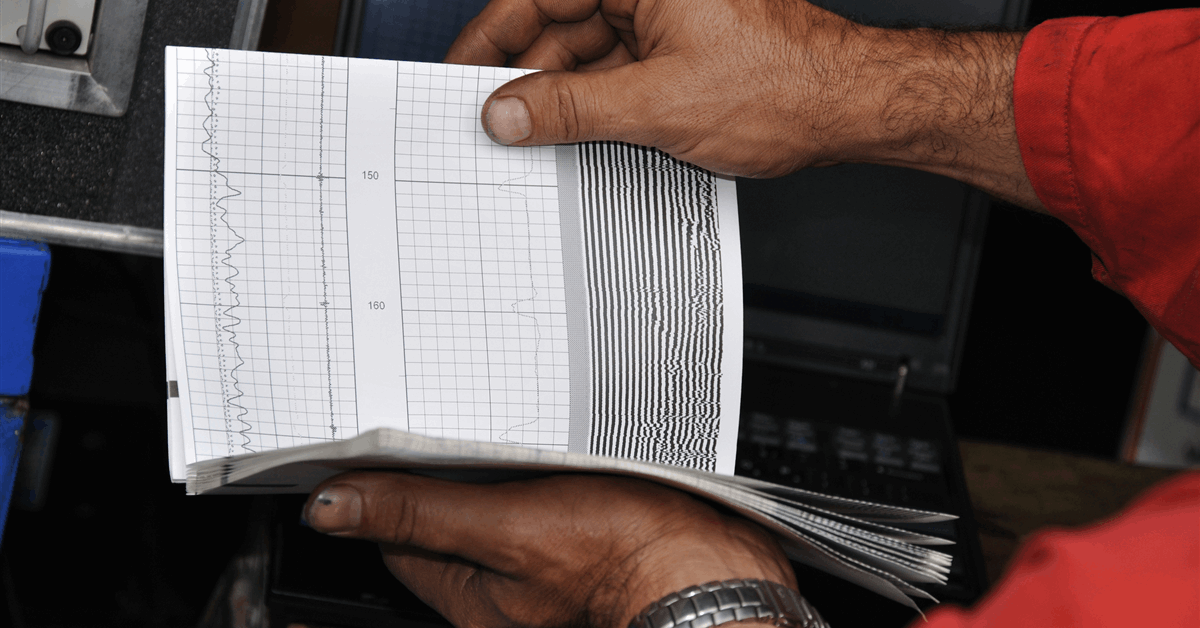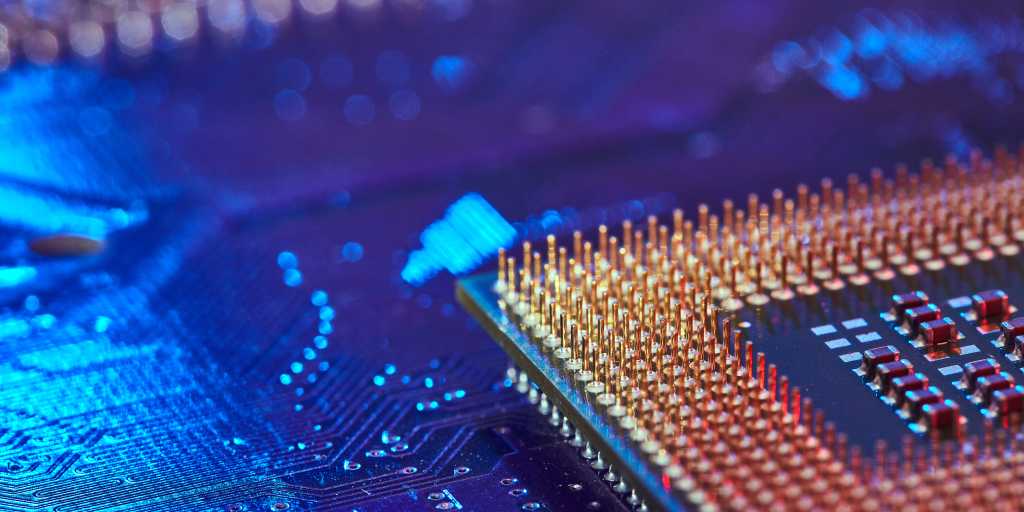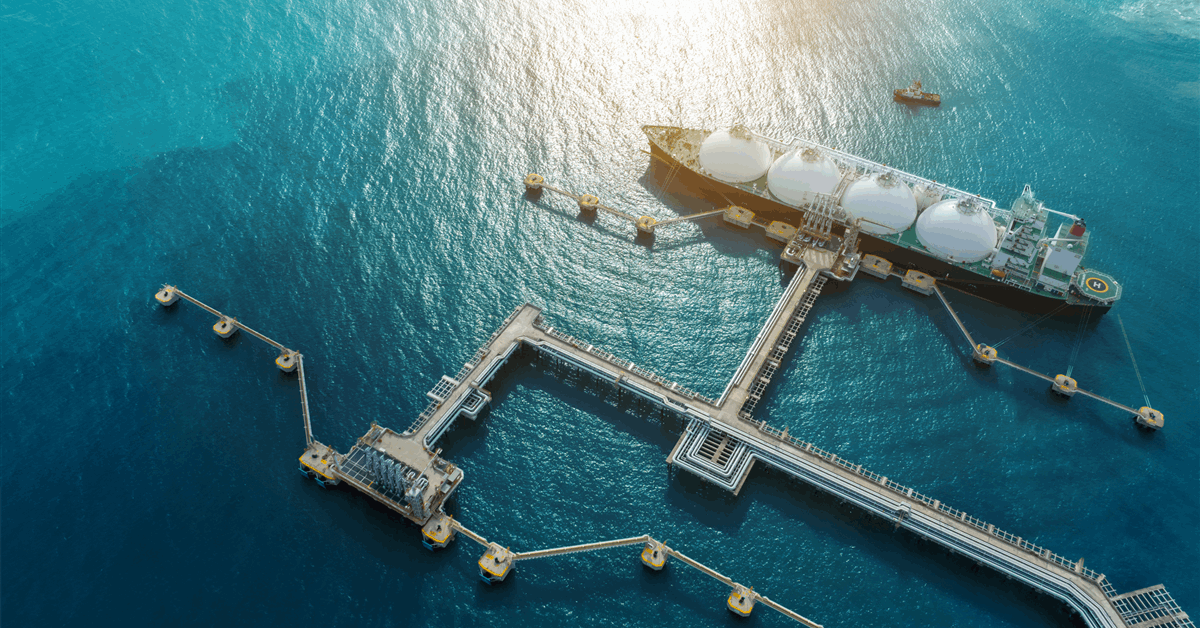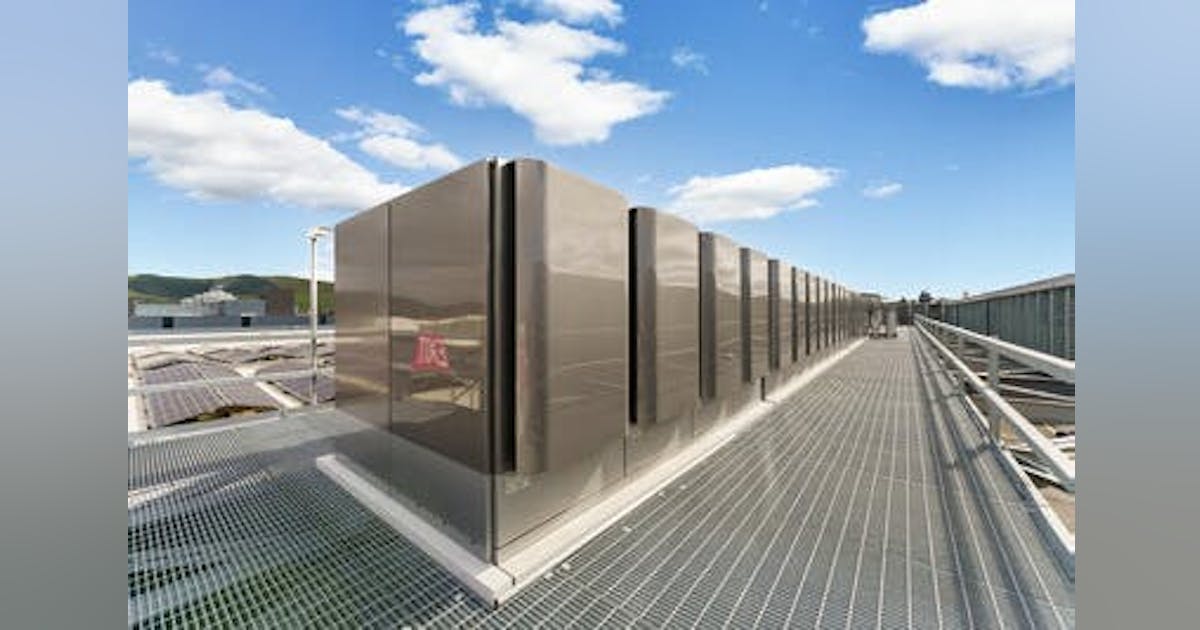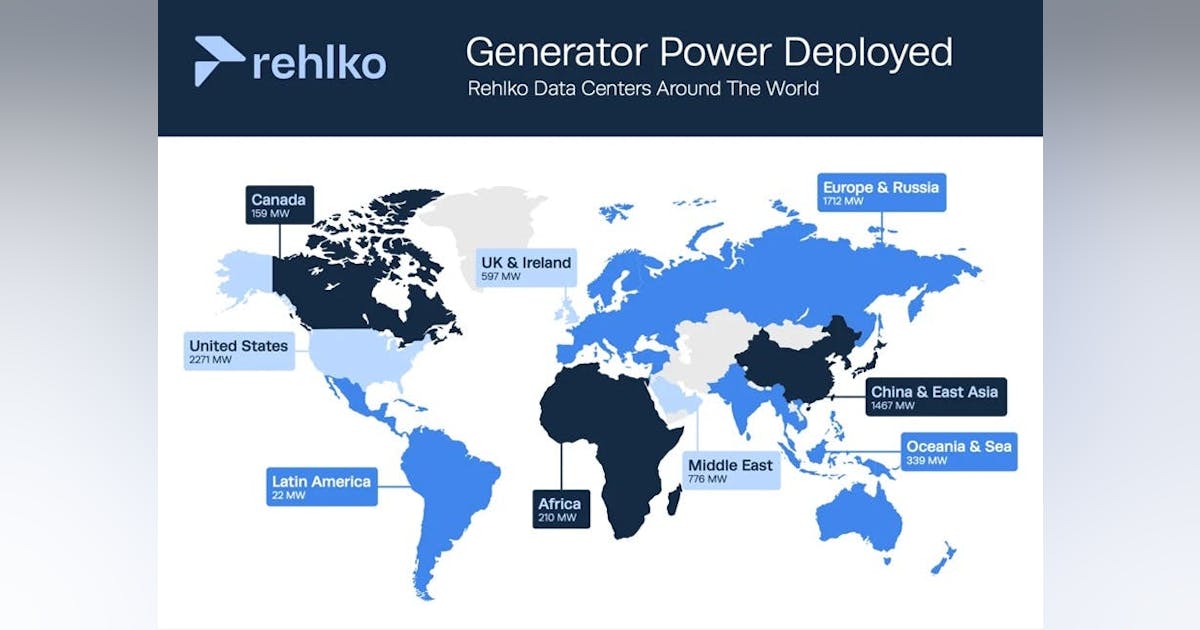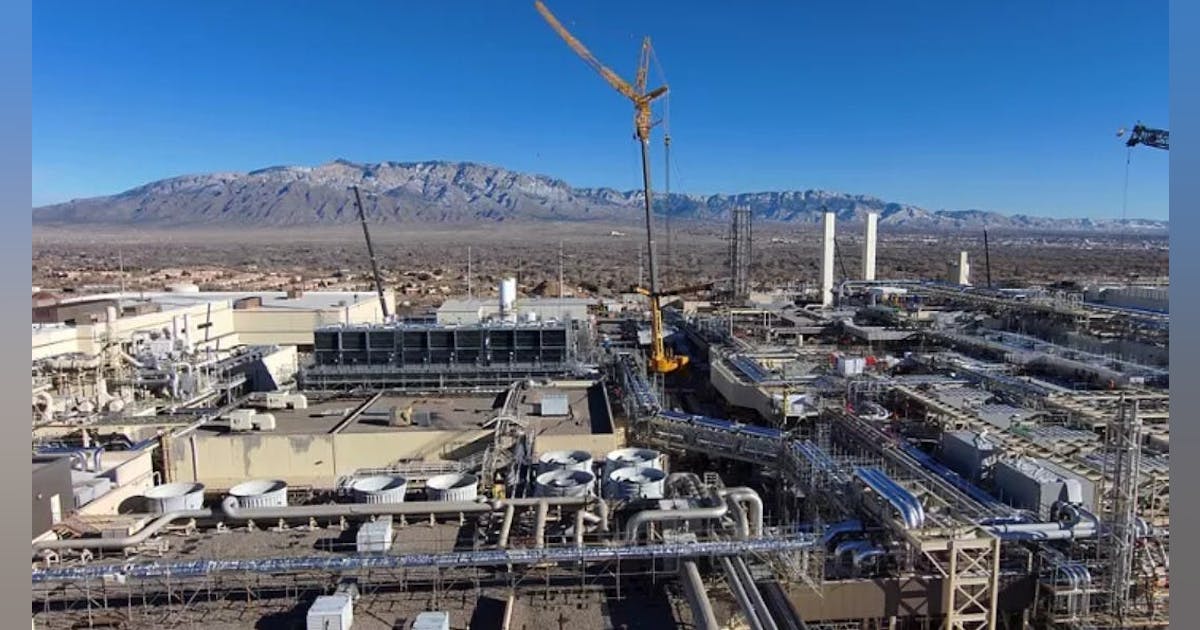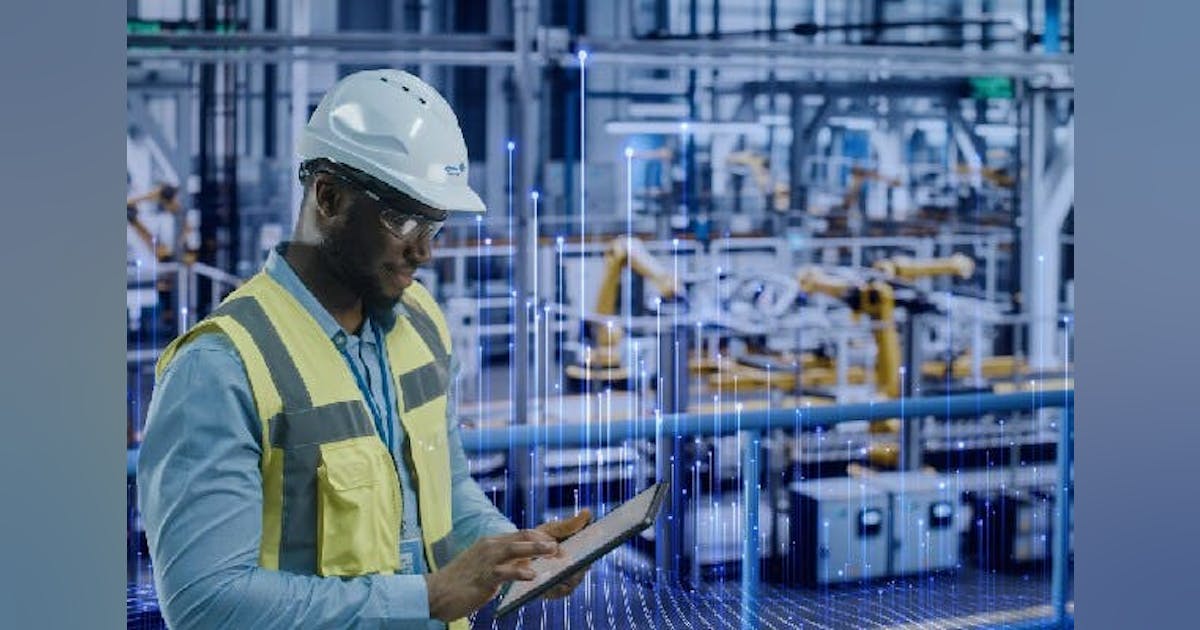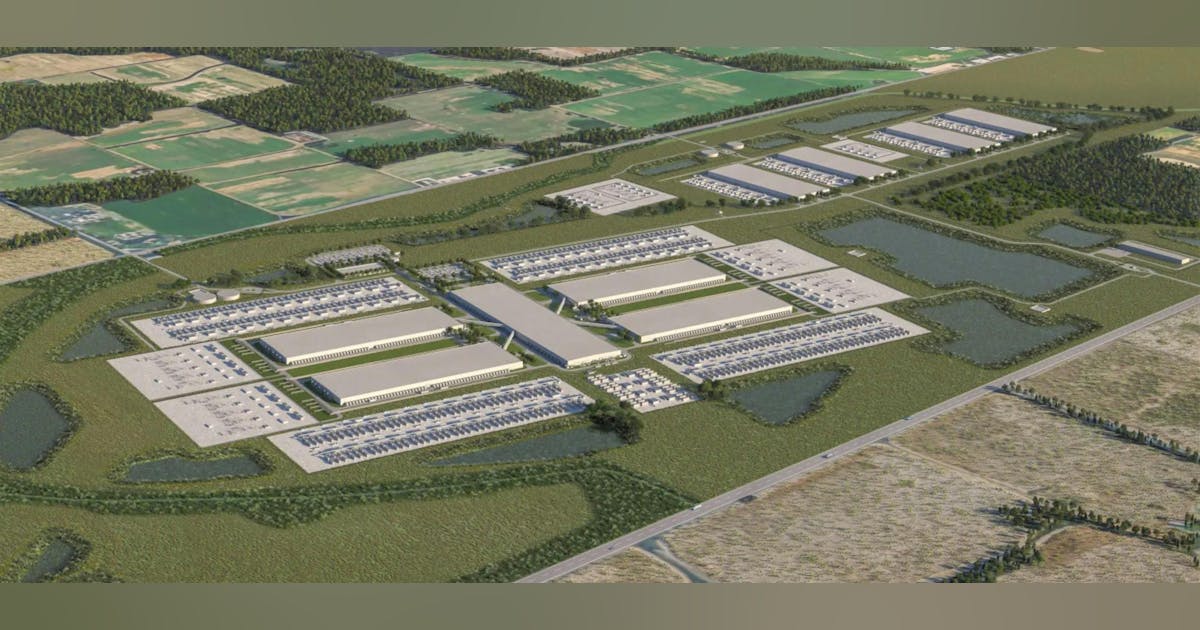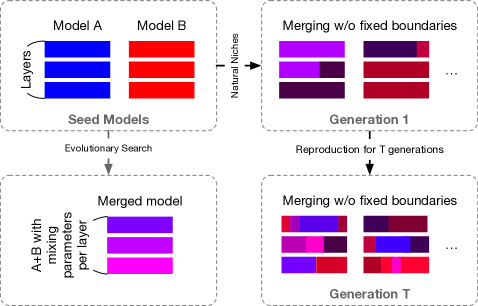
Baker Hughes and Chart Industries announced in separate statements Tuesday that they have entered into a definitive agreement under which Baker Hughes will acquire all outstanding shares of Chart’s common stock for $210 per share in cash.
That’s equivalent to a total enterprise value of $13.6 billion, the statements highlighted.
In its statement, Baker Hughes said it has secured fully committed bridge debt financing to fund the transaction, provided by Goldman Sachs Bank USA, Goldman Sachs Lending Partners LLC, and Morgan Stanley Senior Funding, Inc., which Baker Hughes said is expected to be replaced with permanent debt financing prior to close.
The boards of directors of Baker Hughes and Chart have each unanimously approved the transaction, and the Chart board of directors has unanimously recommended that Chart shareholders approve the transaction, Baker Hughes noted in its statement, adding that the transaction is subject to customary conditions, including approval by Chart shareholders, and the receipt of applicable regulatory approvals. The transaction is expected to be completed by mid-2026, according to both statements.
Baker Hughes outlined several “compelling strategic and financial benefits” related to the transaction in its statement, pointing out that the deal “advances Baker Hughes’ strategic vision to be an energy and industrial technology leader”, “expands Baker Hughes’ offerings in attractive growth markets”, offers “complementary product capabilities”, “strengthens Baker Hughes’ lifecycle revenue mix”, “delivers substantial synergies”, and offers “attractive financial profile and returns for shareholders”.
In its statement, Chart said the transaction combines two highly complementary portfolios to create a leading energy and industrial technology company.
“As part of Baker Hughes, our solutions will be integrated into a broader industrial and energy technology platform, deepening presence in high growth markets like LNG, data centers, decarbonization and industrial gas,” Chart noted in its statement.
“With shared values around engineering excellence and global scale, this transaction advances Chart’s mission to address critical energy challenges,” it added.
Baker Hughes Chairman and CEO Lorenzo Simonelli said in Baker Hughes’ statement, “this acquisition is a milestone for Baker Hughes and a testament to our strong financial execution and strategic focus as we continue to define our position as a leading energy and industrial technology company”.
“We know Chart well, having worked alongside them on many critical energy infrastructure projects. Their products and services are highly complementary to our offerings and strongly aligned with our intent to deliver distinctive and efficient end-to-end lifecycle solutions for our customers across their most critical applications,” he added.
“The combination positions Baker Hughes to be a technology leader that can provide engineering and technology expertise to meet the growing demand for lower-carbon, efficient energy and industrial solutions across attractive growth markets such as LNG, data centers and New Energy,” he continued.
“The acquisition also delivers compelling financial returns for our shareholders. Adding this high-growth, high-margin business to our industrial and energy technology segment will deliver strong earnings accretion and returns, contributing to an improved growth and margin profile,” Simonelli went on to state.
Chart President and CEO Jill Evanko said in the Baker Hughes statement, “this all-cash transaction with Baker Hughes delivers immediate value to Chart shareholders”.
“Thanks to the outstanding work of our global OneChart team, we have successfully built a product and solution portfolio that spans front-end engineering design through aftermarket services,” Evanko added.
“The Baker Hughes team shares our engineering-focused culture and commitment to operational excellence. Our complementary solutions fit seamlessly with Baker Hughes’ industrial and energy technology segment, and together we can help our customers solve the most critical energy access and sustainability needs,” Evanko continued.
“Our board is proud to deliver this outcome to our shareholders,” the Chart President and CEO went on to note.
Last month, Baker Hughes announced in a statement posted on its site that it had agreed to acquire Continental Disc Corporation – which it described as a leading provider of safety-critical pressure management solutions – from investment partnerships managed by Tinicum Incorporated in an all-cash transaction for approximately $540 million.
In the same month, Baker Hughes announced an agreement to sell its Precision Sensors & Instrumentation product line to Crane Company for a total cash consideration of approximately $1.15 billion.
To contact the author, email [email protected]

